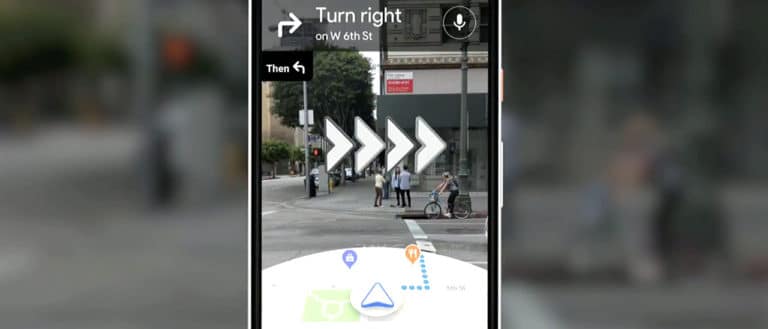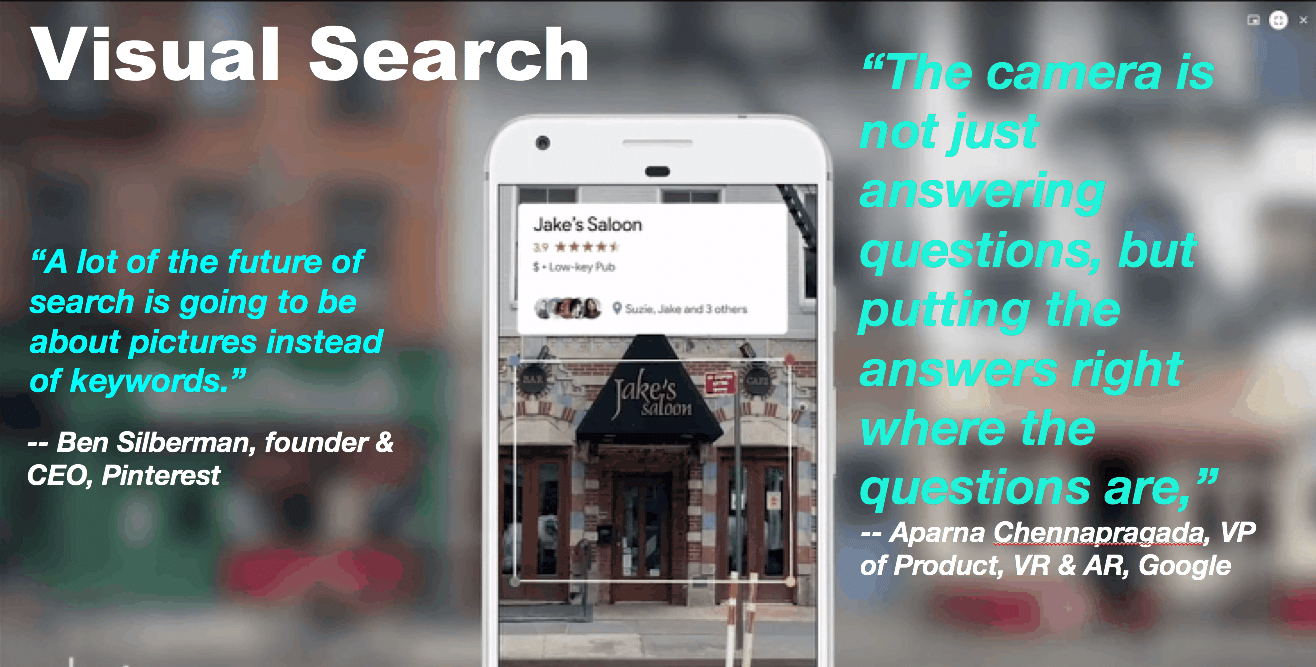
What’s driving AR revenues today? And what does it mean for big consumer brands? These were a few topics we tackled topics in a recent presentation at the Brandify Summit (video below), built from research around AR brand advertising.
The other research this invokes is the recent ARtillry Intelligence Briefing on Tech Giants’ competing AR initiatives. The idea is that examining the factors that drive deep-pocketed tech giants’ XR ambitions can inform where they’re moving and thus “where the puck is going.”
For example, Apple wants to make iPhones more attractive through AR apps and features. Facebook wants to keep us in its walled garden through visually-immersive content sharing like AR Lenses. Lenses also attract advertisers through immersive and socially-targeted ad units.
Amazon has AR features that likewise let shoppers visualize products in-home to boost e-commerce and reduce returns. It’s all about more informed purchases through AR. And Google has a vested interest in AR-based visual search to boost monetizable search query volume.

Back to brand marketing, it applies to Amazon (AR commerce) Facebook (AR display advertising) and Google (AR search advertising). The latter, for example, manifests in Google Lens and VPS (visual search) and is a potentially powerful all-day and “high intent” channel for brand marketing.
But one challenge is that effective visual search requires further development in the AR Cloud, or what we like to call the “Internet of Places.” That’s especially true for location-oriented brands like multi-location chain restaurants or retailers like Lowes or Dick’s Sporting Goods.
Another analogy we like to use for the AR Cloud is that it’s like Google’s search index but for the physical world. Carrying that analogy forward in light of multi-location brands, they’ll need to do a version of the SEO and listings management they currently do for online and mobile local search.
In other words, in a world where consumers hold up their phones to get info about nearby stores and the products they carry (not to mention indoor/in-aisle info), having all that data correct and spatially anchored will extend from the SEO that brands do today. We call it visual SEO (VSEO).
But that just scratches the surface in terms of the marketing implications for large consumer brands that will need to develop marketing strategies around immersive tech and spatial computing. For more color, check out the presentation below and stay tuned for lots more.
For deeper XR data and intelligence, join ARtillry PRO and subscribe to the free ARtillry Weekly newsletter.
Disclosure: ARtillry has no financial stake in the companies mentioned in this post, nor received payment for its production. Disclosure and ethics policy can be seen here.
Header image credit: Brandify
